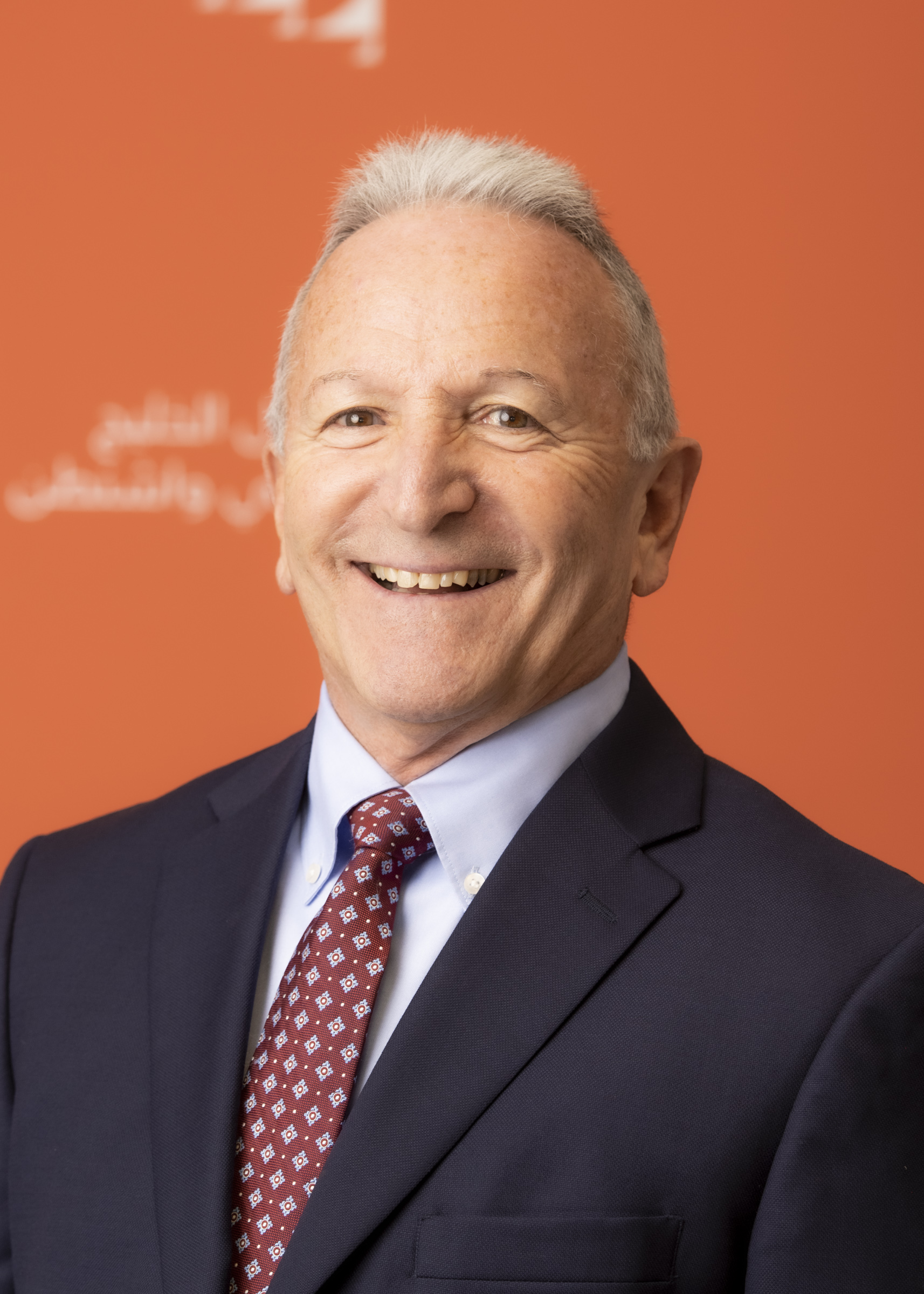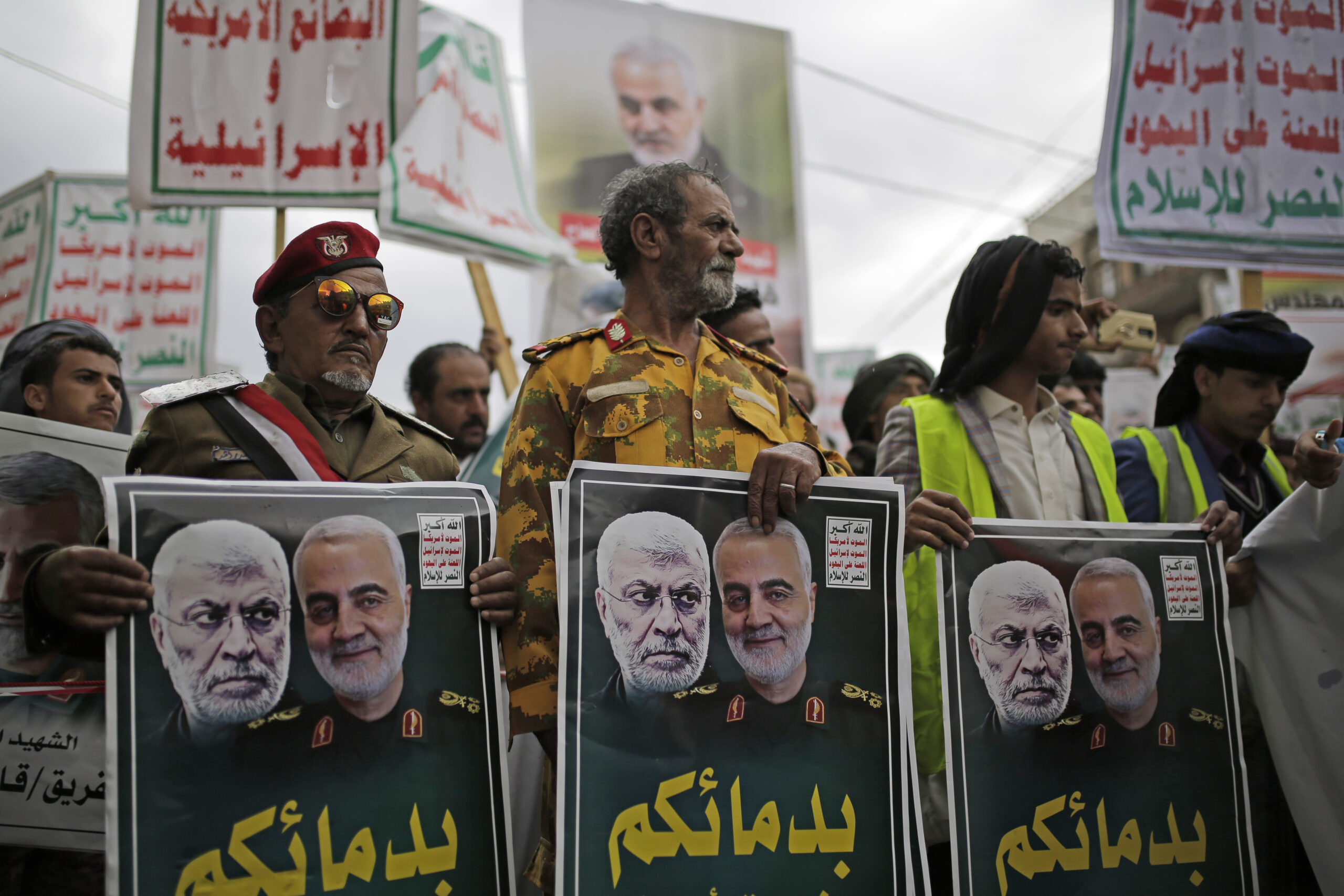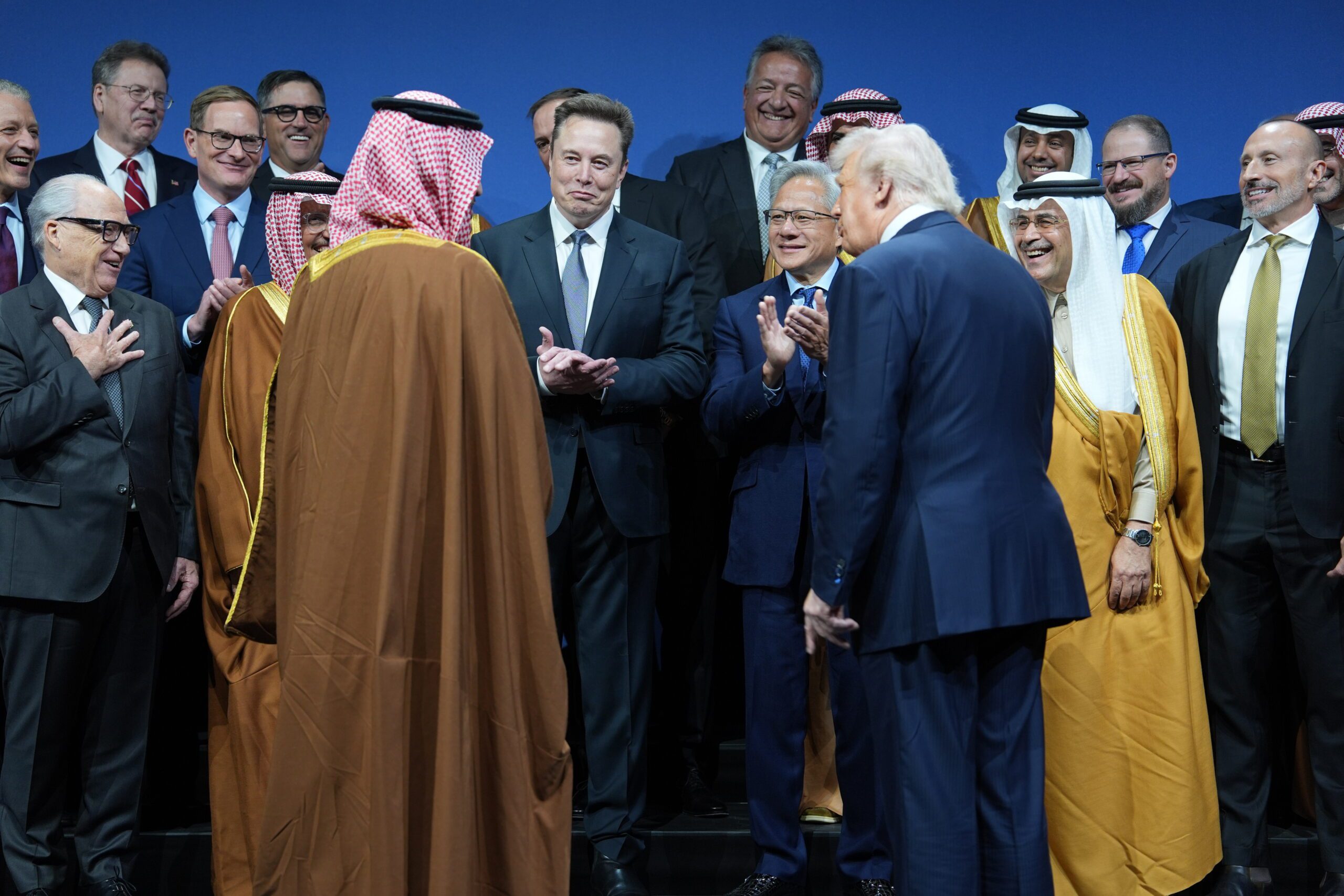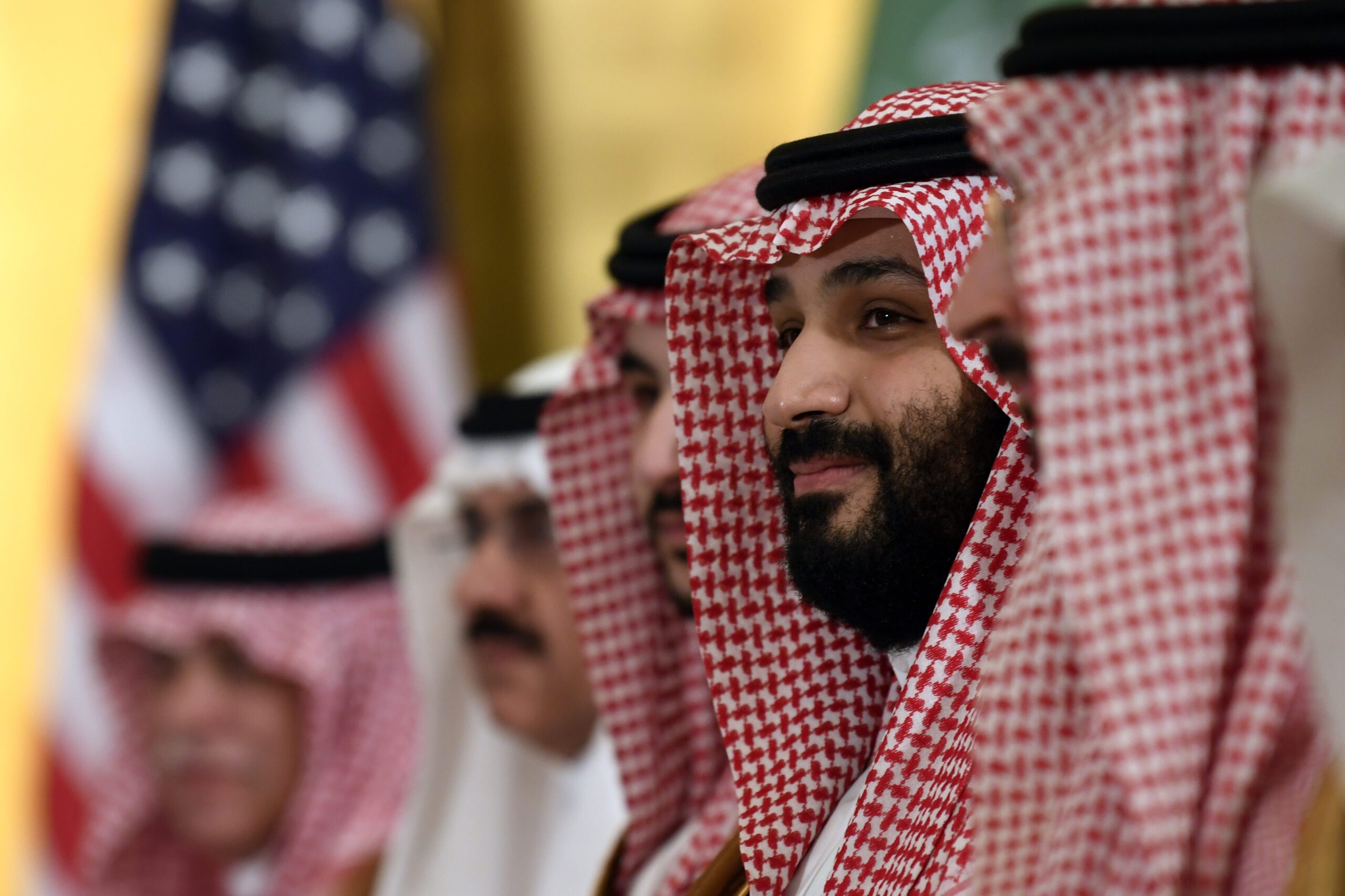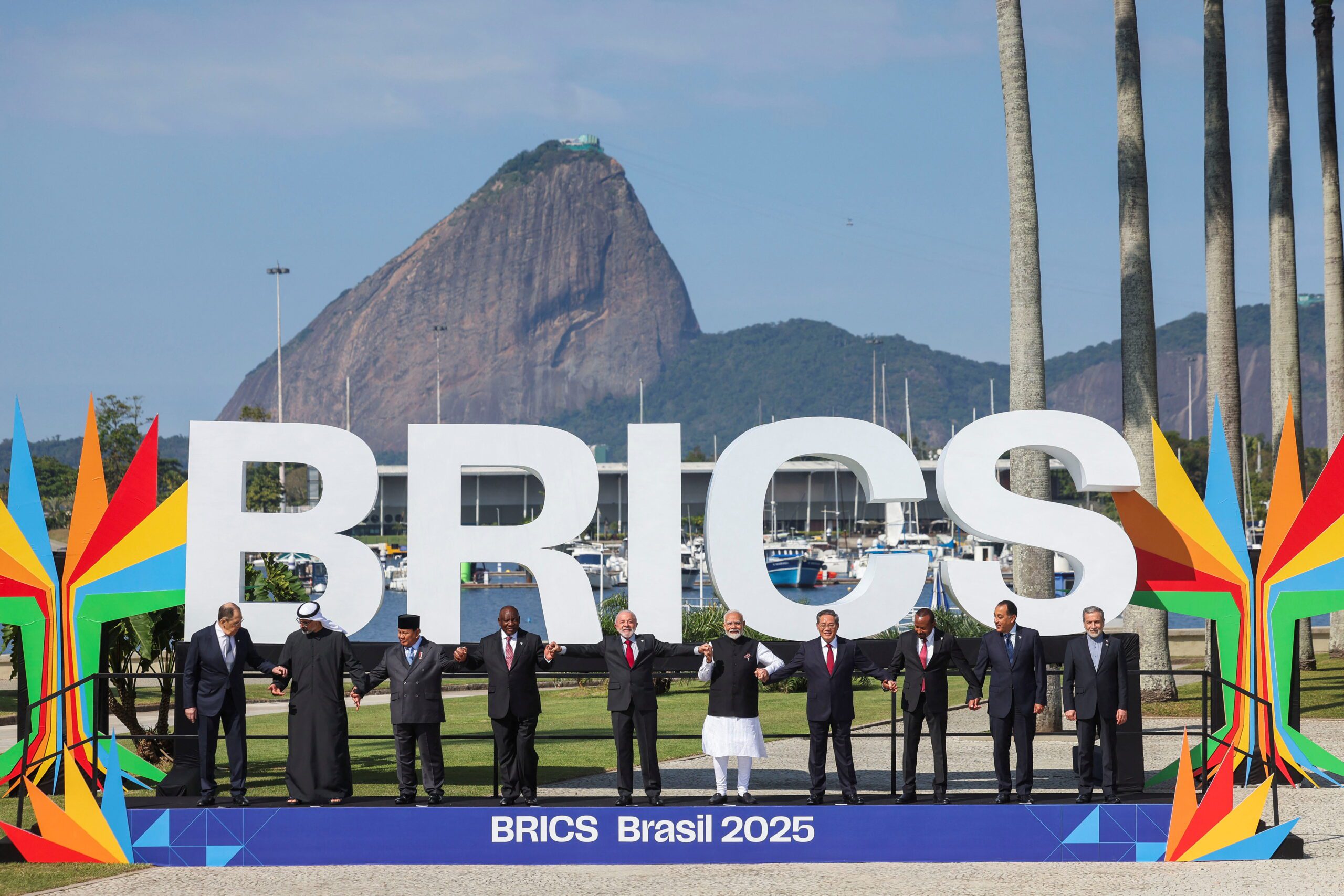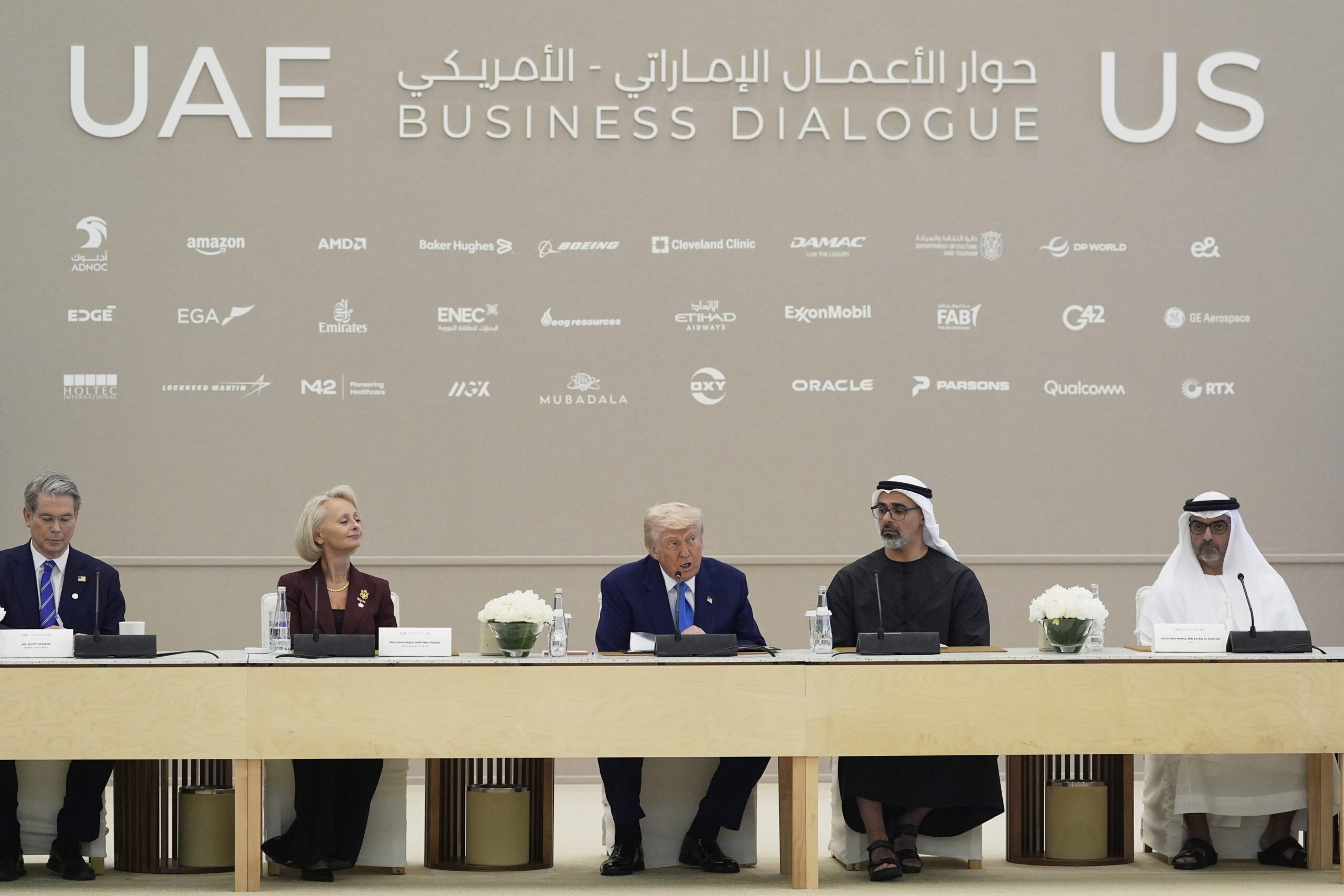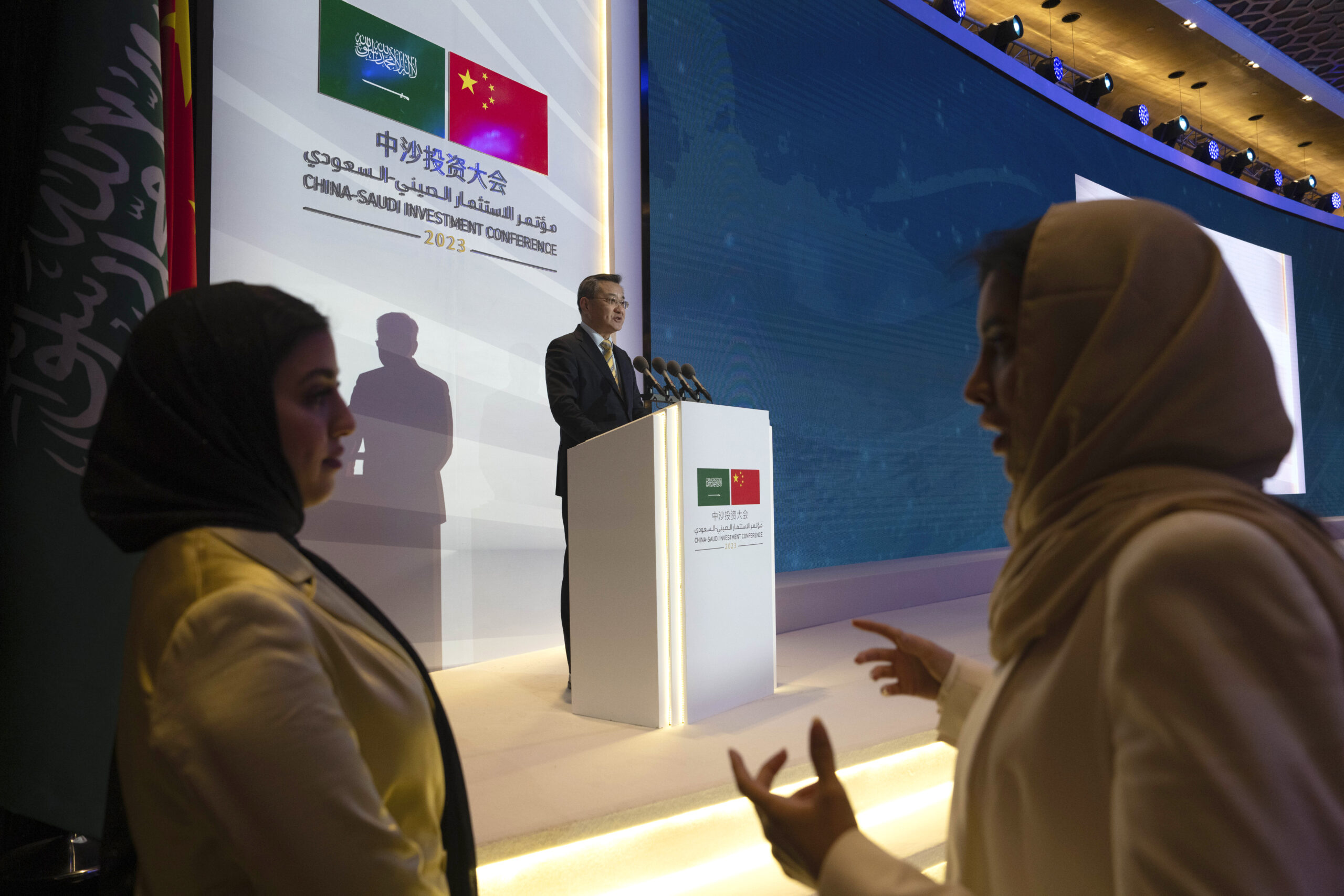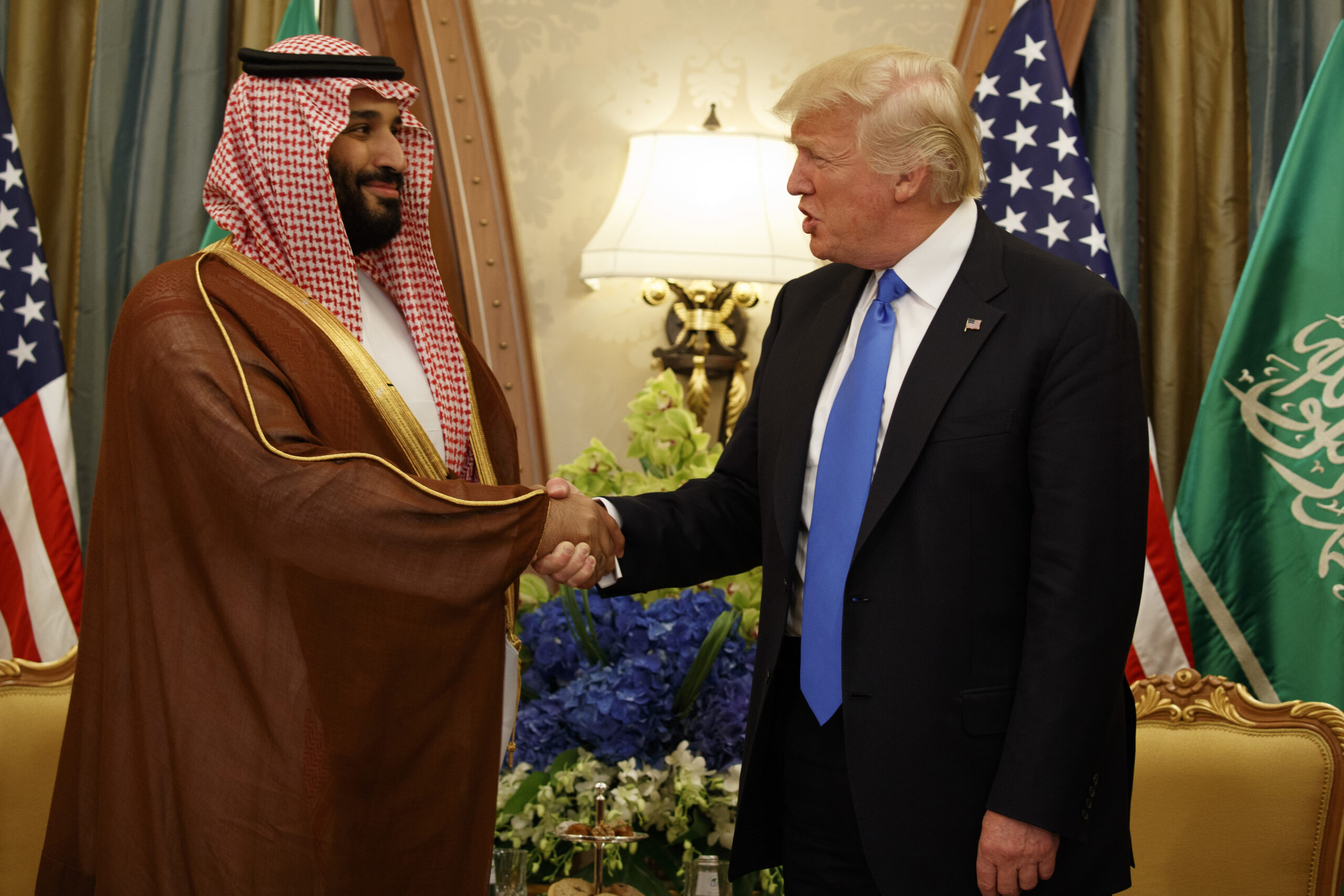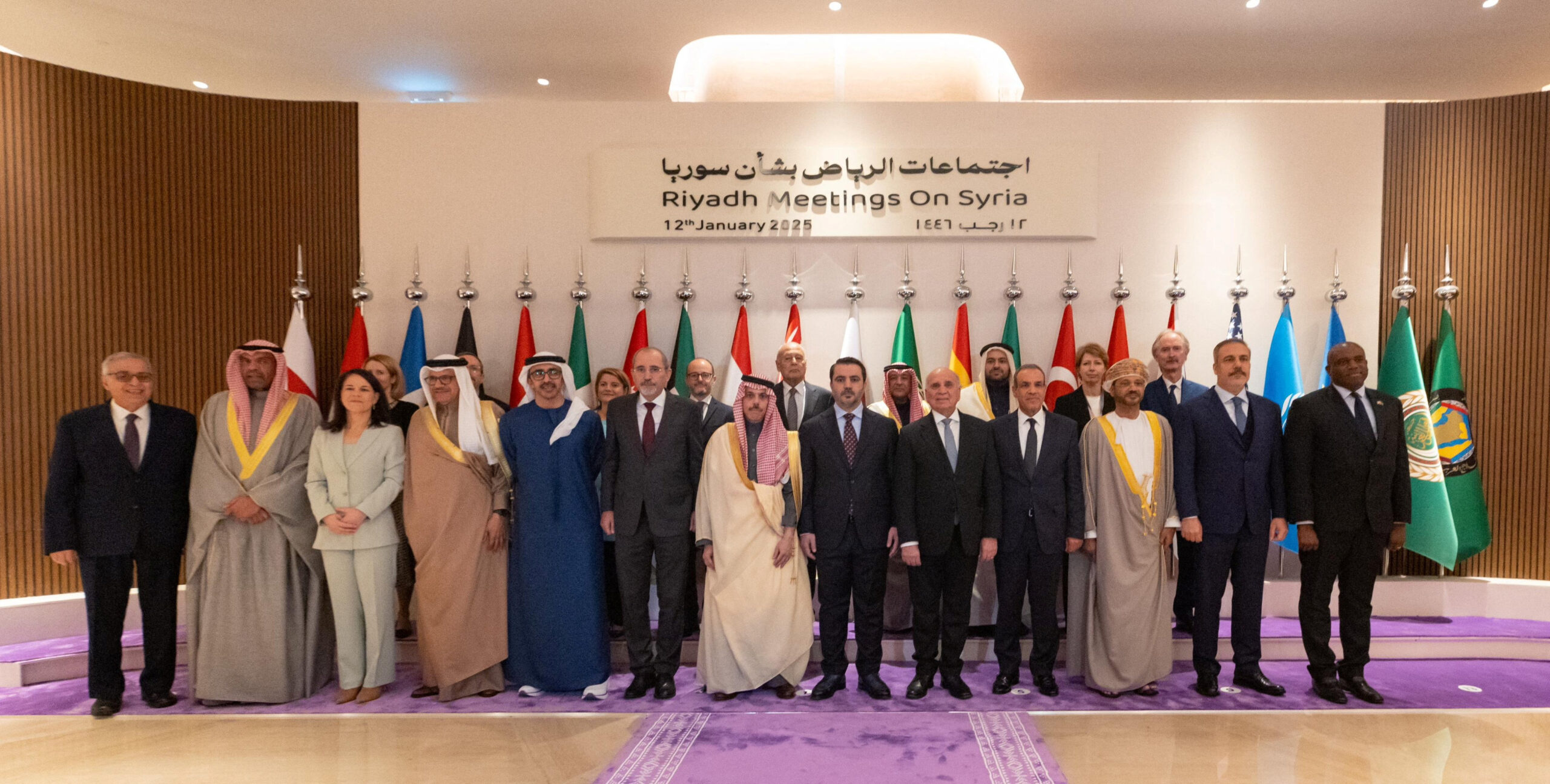
The ongoing war between the U.N.-recognized Yemeni government and the rebel Houthis has expanded into the financial sphere with the introduction of a 21st century weapon: digital currencies. In mid-December 2019, the Sanaa central bank, which is controlled by the Houthis, banned Yemenis in Houthi-controlled areas from using new banknotes printed by the Aden central bank, controlled by the government of ousted President Abd Rabbu Mansour Hadi. Residents had 30 days to exchange the new banknotes for either older banknotes or electronic rials. The e-rial concept appears destined to fail from an economic policy standpoint, but the existence of this financial technology nevertheless serves a political purpose for the Houthis.
Governments in advanced economies across the globe are keen to experiment with digital currencies, especially those overseen by central banks. The adoption of digital currencies often reflects a push for cheaper, faster payments that support economic growth. Nordic countries and Chinese cities, such as Shanghai, are at the forefront of transitions toward cashless societies. Meanwhile, multinational technology firms hope to influence the financial services industry, much to the chagrin of global regulators. Facebook launched Libra, which it markets as a “reliable digital currency” that can provide billions of people with innovation in “responsible financial services.”
The prospects for the e-rial are not so rosy, nor is regulation the biggest problem confronting Yemen’s digital currency. Instead, the promotion of an e-rial is part and parcel of monetary policies that have fractured the country’s weak financial system, which is analyzed in a detailed economic bulletin by the Sana’a Center for Strategic Studies. Rather than streamline and improve access to the country’s financial system, the e-rial adds new layers of complexity to the country’s financial market and increases opportunities for intermediaries to exploit distortions in the economy. Yemenis are flocking toward hard currencies, such as Saudi riyals and U.S. dollars, as the Yemeni rial continues to depreciate.
The e-rial has been in an experimental stage since 2018. Though the project remains in its early stages, the limited usage of the digital currency demonstrates that the utility of financial mechanisms depends greatly upon the vested interests of monetary authorities and the constraints imposed by political and economic environments.
Yemen is a unique case for the introduction of financial technologies. The country’s rial is volatile and depreciating: as of late January, the currency was trading at 682 Yemeni rials to the dollar in Aden and 600 rials in Sanaa. The prewar exchange rate rested at closer to 215 Yemeni rials to the dollar. Preliminary inflation estimates for food prices in 2018 reached 55%, and the average monthly cost of a basic food basket rose 112% since February 2015. Salary payments remain irregular and geographically dependent.
The bifurcation of Yemen’s central bank, wherein the U.N.-recognized government controls the Aden branch and the Houthis control the Sanaa branch, has created a crisis of monetary authority in the country. The central bank in Aden warned Yemeni companies against obeying the Houthi banknote ban and dealing in the e-rial, while the government requested that the International Monetary Fund and World Bank apply pressure on the Houthis to revoke their banknote ban and related measures. Saudi-owned media outlets like Asharq Al-Awsat depicted the e-rial as a desperate effort to resolve a liquidity crisis and suggested it might be part of “fake projects promoted by the group.”
The Houthis’ promotion of a digital currency seems to be a genuine initiative but nevertheless appears to reflect a shorter-term pressure strategy rather than longer-term monetary policy. The Houthis accuse the central bank in Aden of flooding the economy with newly printed Yemeni banknotes starting in 2017. Indeed, World Bank estimates suggest that the total money supply grew 53% in 2018, compared with a mere 1.3% in 2017. The Houthis’ enforcement of alternate currency arrangements – including digital options – reasserts agency to the central bank in Sanaa, which oversees the country’s key financial hubs.
Access to any digital currency in Yemen remains a challenge. Electronic payments desperately need to be institutionalized and expanded through the broader system of Yemeni banks, according to David Harden, who oversaw U.S. assistance to Yemen for the U.S. Agency for International Development until April 2018. Less than 10% of Yemenis possess bank accounts, and power and internet cuts are common. In mid-January, damage to an underwater cable shut down 80% of Yemen’s internet capacities. Mobile money platforms that do not require internet access, such as the National Wallet Company, are emerging in the market. However, the fragmented nature of the country’s monetary system will limit the overall impact of these platforms and services.
The Houthis have not embraced new technologies in an entirely consistent manner. After the Houthis seized Sanaa in September 2014, they signed the Peace and National Partnership Agreement with the U.N.-recognized government, an effort to curtail violence. The agreement mentions the application of a “biometric (fingerprint) system in all state, civil, military and security institutions,” as well as a new biometric voter registry. While the agreement itself was short lived, in the context of the e-rial, some observers have noted that the Houthis initially committed to the biometric component but then withdrew their support. Such a reversal raises concerns that the Houthis might just as abruptly abandon the e-rial, leaving holders of the digital currency vulnerable to substantial financial losses.
A trust deficit and the currency’s minimal utility help explain why the e-rial has been slow to build momentum. Several state-run firms rejected plans to pay employees with the e-rial, and holders of e-rials can only pay for a small number of essential services – namely mobile phone service, water, and electricity – with the currency. The existence of an e-rial increases pressure on the U.N-recognized government, already hard-pressed to implement coordinated monetary policy in light of competing central banks. Yet the monetary instrument ultimately erodes trust in Yemen’s financial system and further complicates the adoption of future monetary policies.
Technology entrepreneurs are often accused of creating solutions for problems that do not exist. The Houthis do not need to look far for economic problems, but they are unlikely to find immediate solutions in their nascent electronic currency.
The views represented herein are the author's or speaker's own and do not necessarily reflect the views of AGSI, its staff, or its board of directors.

